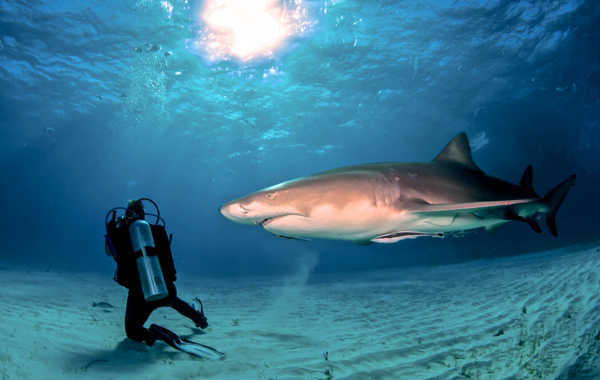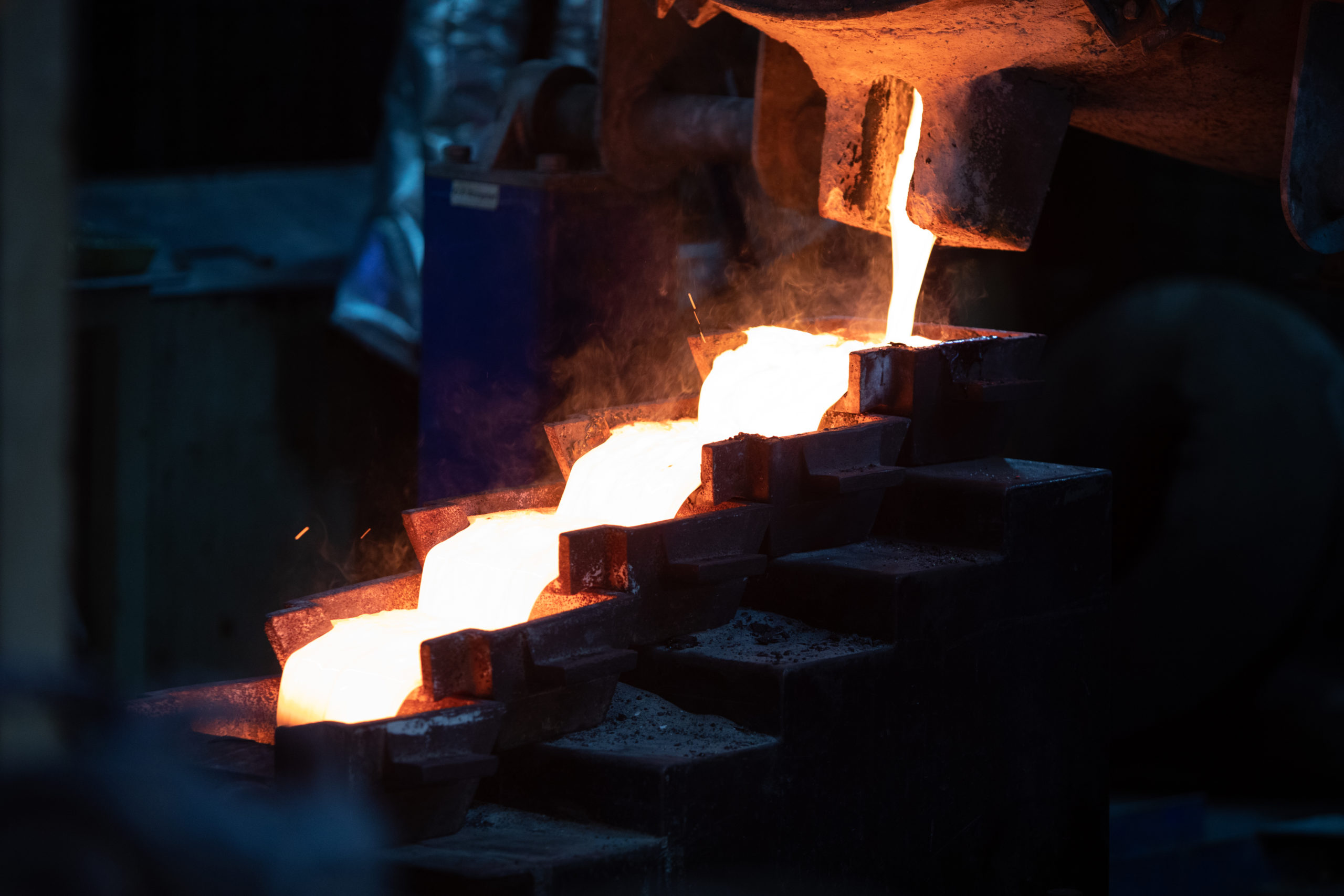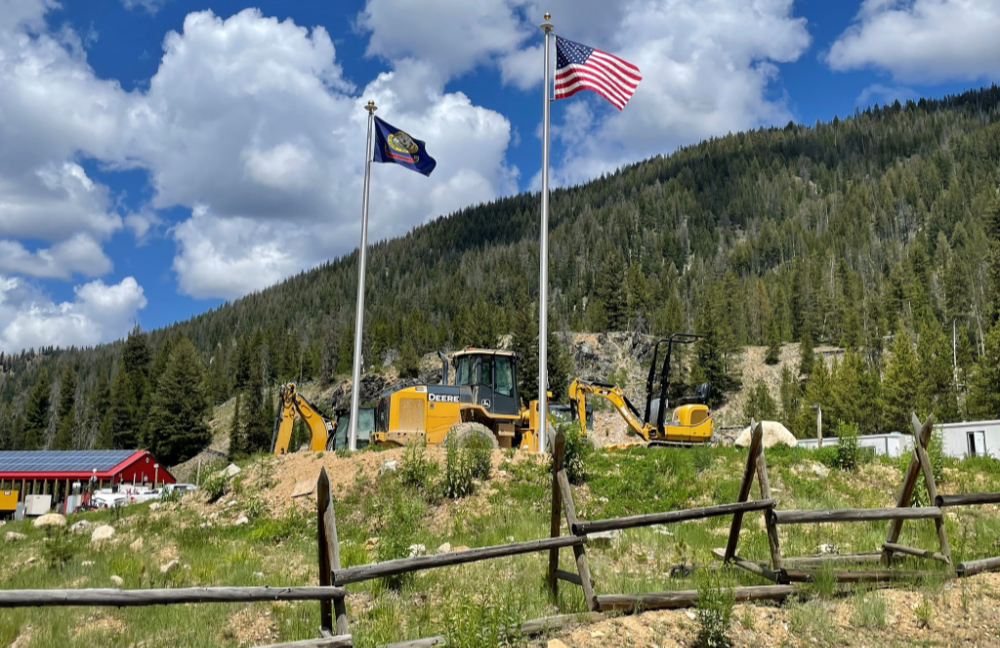NGOs question Nautilus Minerals report on seafloor mining ‘minimum’ impacts
 A coalition of Canada-based environmental groups is questioning a study commissioned by Nautilus Minerals (TSX:NUS) that claims mining copper from the seabed causes less disruptions to the environment and local communities than traditional extraction methods.
A coalition of Canada-based environmental groups is questioning a study commissioned by Nautilus Minerals (TSX:NUS) that claims mining copper from the seabed causes less disruptions to the environment and local communities than traditional extraction methods.
The organizations, including Mining Watch, Earthworks, Deep Sea Mining Campaign and Oasis Earth Canada, are calling shareholders “not to pay the price of ignorance” when it comes to investing in the Solwara 1 deep sea copper, gold mining project in Papua New Guinea.
From their press release:
Toronto, June 16, 2016.— Civil society, non government organizations and scientists warn Nautilus shareholders not to pay the price of ignorance when it comes to investing in the Solwara 1 deep sea mining project in Papua New Guinea.
On 1st June 2015 Nautilus released an environmental and social benchmarking report on the proposed Solwara 1 mine in the Bismarck Sea of Papua New Guinea.
“The purpose of the report is to reassure investors and the world that mining the sea floor is a social and environmentally responsible way to satisfy global demand for minerals. Investors should be wary.” said Deep Sea Mining Campaign coordinator, Dr. Helen Rosenbaum.
“The benchmarking report is based on information provided by Nautilus, has been reviewed by the company’s CEO, and is clearly an attempt to downplay the risks posed by the Solwara 1 project. How then can Nautilus claim that benchmarking report represents independent research.”
The benchmarking report demonstrates limited scientific understanding of the impacts of seabed mining and ignores the wide range of risks identified by comprehensive independent reviews of the project’s Environmental Impact Statement (EIS). These reviews demonstrate that the Solwara 1 EIS contains flawed assumptions and poor quality science.
Richard Steiner, Oasis Earth Professor and Conservation Biologist said, “Extremely little is known about the environmental goods and services of deep sea ecosystems in comparison to terrestrial ecosystems. Additionally, because of their rarity, the mining of hydrothermal vents at the Solwara 1 site would remove a very high proportion of the global total of these ecosystem types – a property not considered by the report.”
According to Dr. Catherine Coumans of Mining Watch Canada, whose work on the impacts of land based mines is cited in the Nautilus report, “The report compares only the first of several potential Solwara sites with massive industrial scale terrestrial mines. Taken together with the cumulative impacts that can be expected of multiple deep sea mines planned by Nautilus, the comparison between terrestrial mines and the Solwara 1 site is like comparing apples to mangoes.”
“This report tells us nothing about the relative social and environmental impacts It wrongly assumes no impacts on communities and no cultural claims. There is vocal opposition and disagreement to the Solwara 1 project by coastal communities of the islands of New Ireland and East New Britain. They believe they are already seeing the impacts of the Solwara 1’s exploratory phase. According to their customary law they have the right to ban Nautilus from entering their waters and they have already done so.”
“Compensation claims for these impacts pose a significant risk to shareholders and investors.”
Dr Rosenbaum said that the benchmarking report “downplays the contribution that ‘urban mining’ will make. New technologies are in the pipeline and these will provide economically viable win-win alternatives to mining – creating environmental and social benefits from our growing waste problem. Deep sea mining and its investors will be left in the wake of urban mining and with on ongoing liabilities to boot. Smart investors are already backing the winner.”
“The benchmarking report attempts to paint a picture of DSM as being the lesser of two evils. In reality DSM is just the evil we know least about”, said Dr. Coumans.
The Solwara 1 project, located in the minerals-rich Manus basin, is expected to become the world’s first commercial high-grade deep-sea copper and gold mine.
More News
{{ commodity.name }}
{{ post.title }}
{{ post.date }}




4 Comments
NotDrinkingThe CoolAid
It is nice to see a rebuttal to Solwara’s propaganda. It screamed BS when I saw it.
Kenneth Viney
What a gigantic waste of stakeholder time but since the tree huggers finance them then it’s OK. The great hydralic pressure issues and lack of available breakout force required at these depths of water are issues any mechanical engineer will confirm are huge issues. The North Sea proved that out. Short the stock and the stock of the manufacturer of the equipment they require and get on with your life.
Chat.Ceo.Ca/NUS
To see what other investors are saying about nautilus minerals and whether they belive or not mining copper from the seabed causes less disruptions to the environment and local communities than traditional extraction methods come visit the Nautilus Minerals chat room at http://www.chat.ceo.ca/NUS
uncertainty is the theme
There one tiny mine couldn’t do serious damage to the world and will be a valuable source of information for working out what the actual environmental impact of deep sea mining at scale could be. trying to argue deep sea mining will or won’t be more damaging than terrestrial mining is pointless until there’s some relevant data to reference.